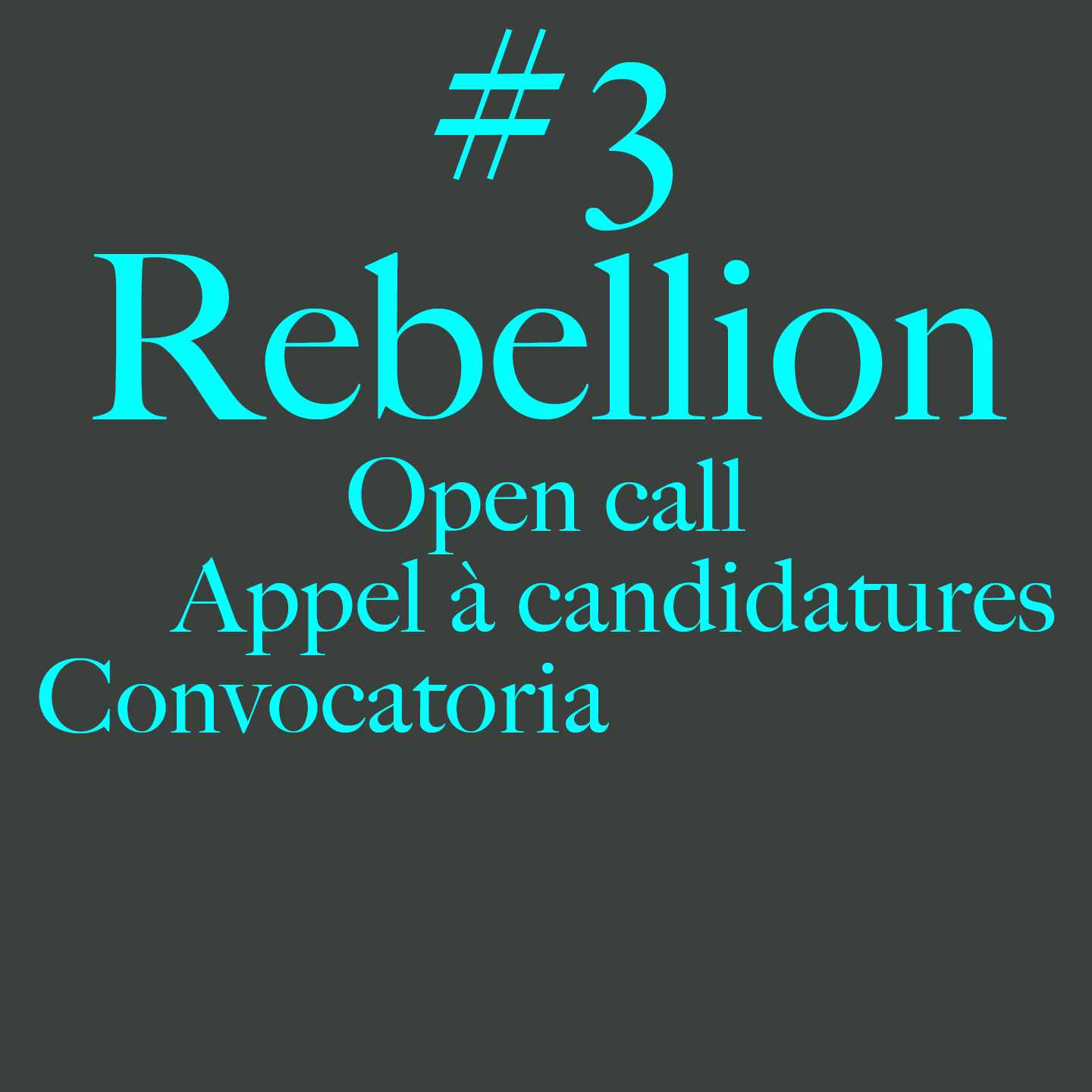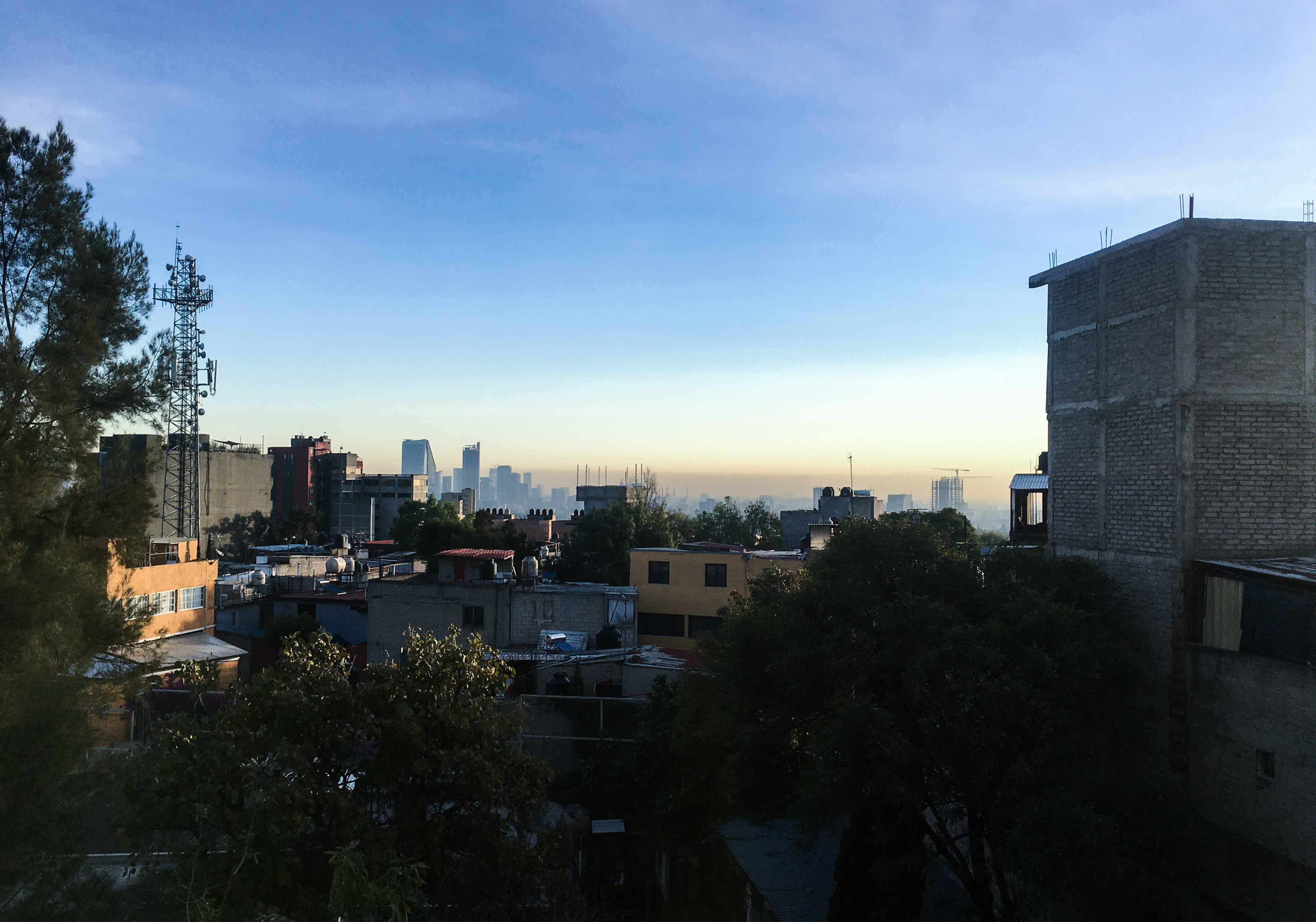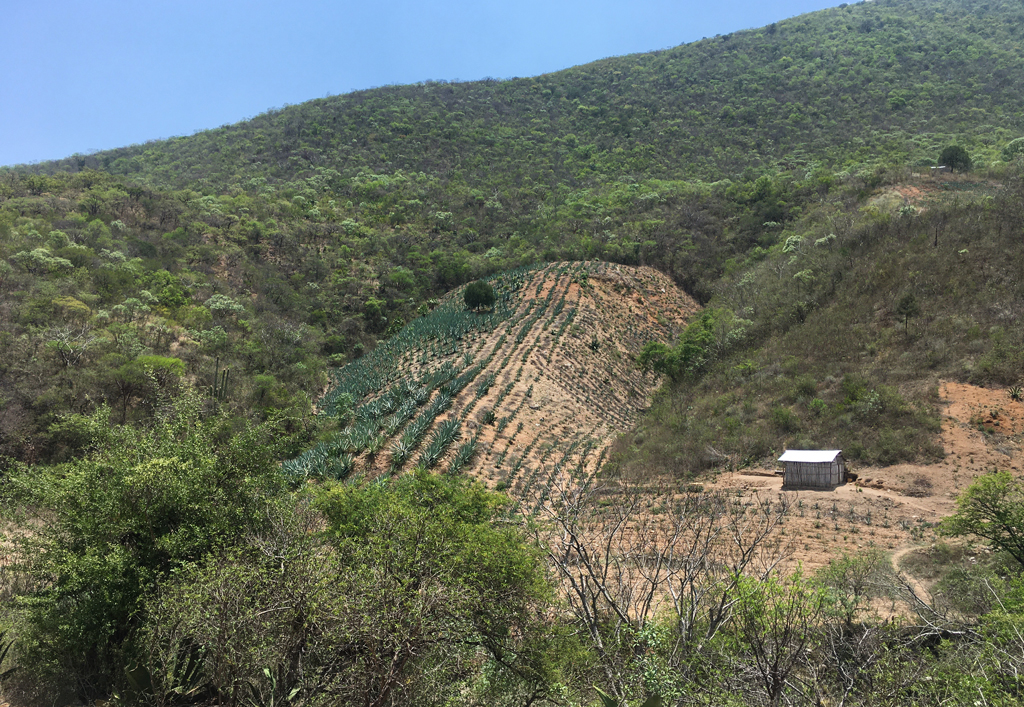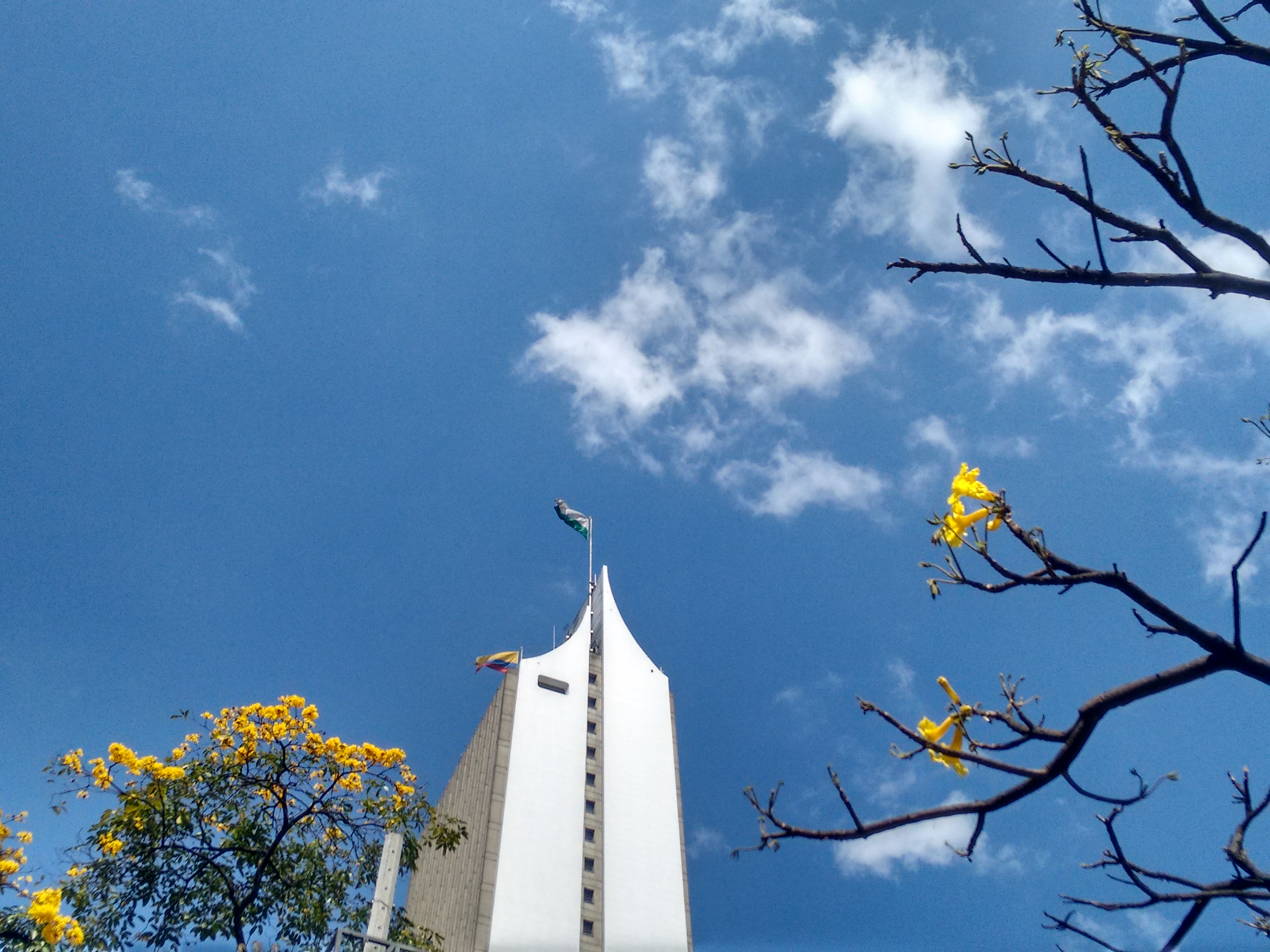Between More of Us / Blog
Screams are heard in the jungle
In 2022 alone, more than 150 000 migrants have been forced to cross the Darien Gap on the Panama-Colombia border. Their passage has left a trail of suffering, but also tons of rubbish in the jungle.
Climate Crisis, Climate Justice, Colombia, PanamáWhen I hear the word jungle, I imagine a space populated by green in its various shades, where ferns grow, moss abounds, and trees stretch in their search for light because the sun hardly penetrates there. The jungle is the habitat of two thirds of all the biodiversity of fauna and flora on the planet and is what best defines the Darien, a region located on the border of Central America (Panama) and South America (Colombia).
This place has been called the “Tapón” because it has functioned as a natural barrier between both places, where communication by land is almost impossible. Why? Just to enunciate one reason, it is estimated that in this jungle fall between 5000 and 10000 millimeters of water per year. However, it seems that the adjectives to talk about this place have fallen short; some have called it impassable, although only in 2022 more than 158,000 migrants have crossed it on their way to the U.S., a figure that exceeds that recorded in the entire previous decade.
For centuries, very few dared to cross the Darien Gap, but since 2004, after the founding of Frontex, the guard that protects the European Union, Asian and African migrants discovered the place as a route to reach North America. This jungle border of approximately 266 km has become a corridor for migrants of different nationalities, especially Venezuelans, Haitians and Cubans who suffer the unspeakable to fulfill a dream. That suffering is almost unmentionable; for some the journey will be even better than the painful circumstances that forced them to cross this passage, or no.
The pain involved in migration and the difficulties of this journey are not the only tragedies to tell. The ecosystems of this jungle, which for a long time was a territory with little human intervention, have also been affected, although in a different way. Today, the green is covered by a trail of garbage left behind by those who, given the harshness of the circumstances, are unable to continue carrying all the weight they initially pack in their suitcases. As much as they do not want to, most of them must abandon part of their possessions, even their memories, among other debris. If it is calculated that each adult carries, on average, about 20 kilograms of weight, including tents, machetes, little mattresses, clothes, food and other belongings, the amount of material that enters the jungle could reach 280 tons for every 14000 people. And where does it all end?
The answer is painful, even more so if you look closely at the images of those who have documented this drama, because the jungle is no longer the color it was described at the beginning and is no longer populated only by plants or animals, but also by tons and tons of garbage. The municipal ombudsman of Necoclí, one of the Colombian municipalities where the travelers stop before entering the jungle, affirms that before the migration crisis, three tons of garbage were collected weekly in the town, while by 2021, the figure already exceeded 50 tons. On the other hand, according to data from the Panamanian Ministry of Environment, the migratory effects are visible inside the Darien National Park, the largest protected area in Panama and Central America, which, since 1983, was recognized as a Biosphere Reserve by UNESCO.
Another important fact to understand the impact of these facts is that 25 percent of the species of plants and animals that inhabit the Darien Gap are not found anywhere else on the planet; according to the organization National Natural Parks of Colombia, there are at least 550 species of vertebrates, 113 of fish, 412 of birds and 60 of amphibians. The jungle cries out in its own way but it seems that few listen, just as the cries of those who cross it, those who had no voice or opportunities in their place of origin. It is necessary to talk about these pains: that of the migrants and that of the Darien, which has been nicknamed the jungle hell or the pass of death; as if the enemy were nature and the solution was to make it disappear. This drama will continue to fill headlines, the jungle will lose its green, and who will listen?





